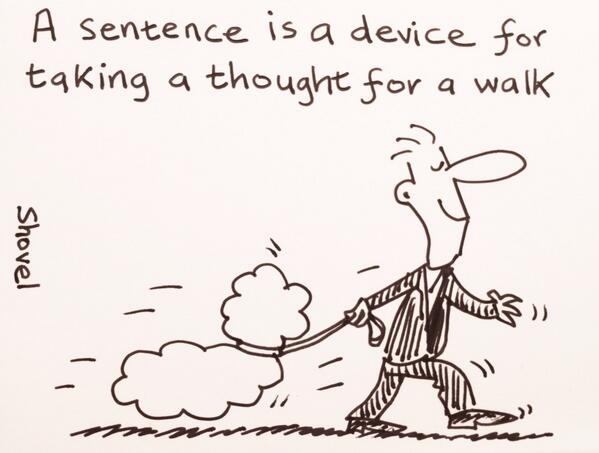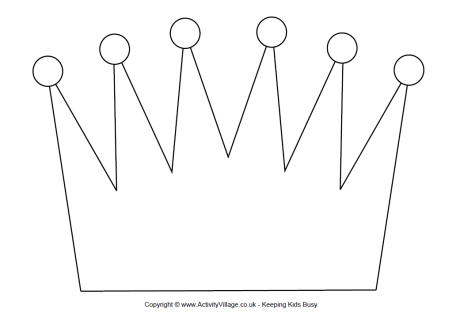Today,whilst training teachers,we explored creative ways to expand my blog post ideas on holding a cafe conversation based on a
!
One of the ways we explored ,was based on the work we did earlier in the CPD session on adjectives and looking for adjectives in the bilingual dictionary and thinking about the agreement of adjectives.
There are two levels to this creative activity.....
- First of all each child needs a tea bag- made of paper, folded like a tea bag with an opening at the top- wide enough to pop a small strip of card through
- The children also need access to bilingual dictionaries.
Level One
Each child has to create an original "fantastic" tasting tea!
In French and Spanish the noun is masculine - so this makes it ideal for level one activities,as there is no agreement required.
All our children need to do is to think of persuasive and exciting adjectives in English e.g. refreshing, sizzling, tingling, sharp, spicy
They need to look up these adjectives in the english section of the bilingual dictionary.
Cross reference the adjectives in the target language section of the dictionary to check meaning.
Write each adjective on a small strip of card - one per adjective ,making the written adjectives look the meaning of the word.
Now they have their words to describe their fantastic tea!
Adjective by adjective they need to squeeze out the tea bag ( take out each word and create a fantastical sentence about the tea in whichever target language you teach:
" the tea is sizzling, spicy and fruity"
Now they can create their own drawing of their tea bag with symbols on the bag to explain each fantastical part of their drink of tea and the sentence written under the tea bag itself!
Level Two
In French and Spanish , a cup of tea has a feminine noun!
So now each child can follow the activity described in the stages for Level One ,collecting adjectives and writing them on cards and putting them in their paper tea bag containers.
The children then hand their tea bags and adjectives to a second child in the class.
This child has a template of a cup of tea:
The second child empties the tea bag of its card strips and must write the adjectives on the tea cup with correct adjectival agreements to match a feminine noun in the target language!
Now can they use the adjectives to create a complete sentence in the target language? e.g "the cup of tea is fruity,sparkling,warm and refreshing!"
They can now make a poster to advertise their cup of tea with a complete sentence.
And finally can they remember their sentence and act it out for the class to try and sell this fantastical cup of tea top the class?










.jpg)












